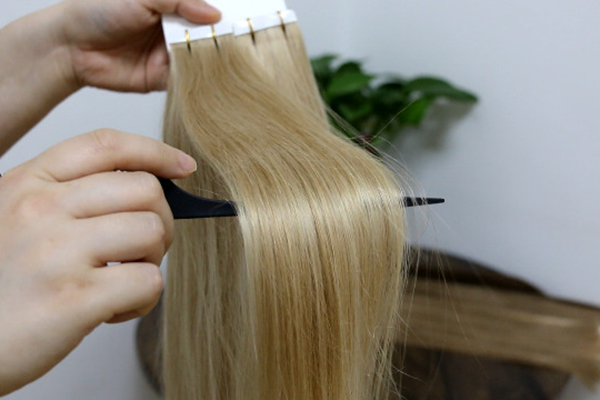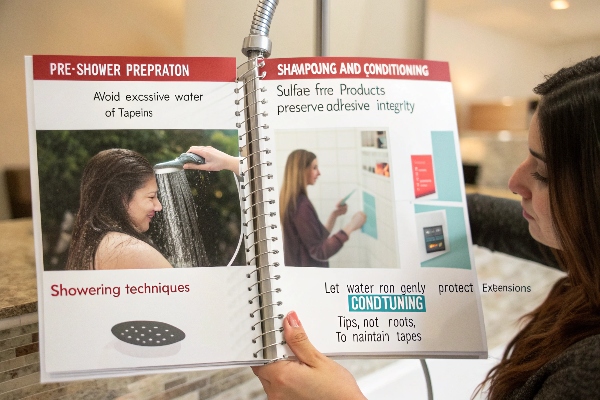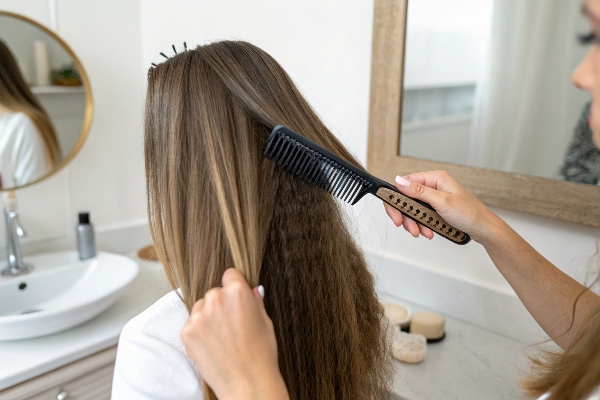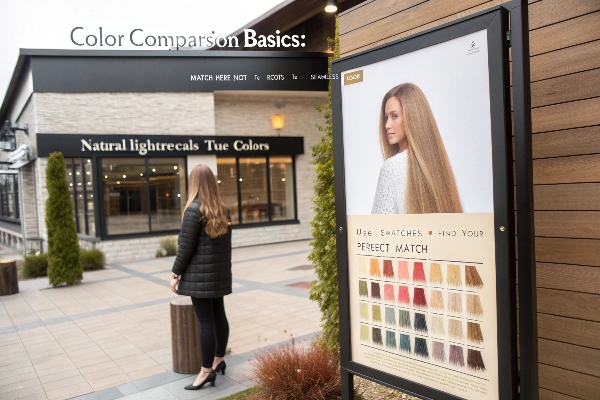Normally tape in hair extensions can last 6-8 weeks before a retapping, With proper care and maintenance, they can be reused for 3-4 times, extending their life to 6-8 Months.
How to Extend the Life of Tape-In Hair Extensions

Tape-in hair extensions can be a fantastic way to add length and volume to your hair, but their longevity depends on several factors. Here are some effective tips to help you extend the life of your tape-in extensions:
Choose High-Quality Tape-In Extensions
Investing in high-end tape-in hair extensions made from 100% Remy human hair can make a significant difference. Quality extensions not only look more natural but also tend to last longer than lower-quality options. Look for brands that provide detailed information about their sourcing and processing methods.
Proper Application by Skilled Stylists
Ensure that your tape-in extensions are applied by an experienced stylist. A proper application technique helps the extensions adhere better and reduces unnecessary strain on your natural hair. This professional approach will ensure that the placement is precise, minimizing the risk of slippage and damage.
Regular Maintenance at the Salon
Regular maintenance plays a crucial role in extending the life of your tape-in extensions. Schedule check-ups every 6 to 8 weeks to reposition the extensions and to check that the adhesive remains strong. This process helps avoid issues such as tangling and shedding, keeping your extensions looking fresh.

Use Gentle, Sulfate-Free Products
Choose sulfate-free shampoos and conditioners to maintain the integrity of your tape-in extensions. Sulfates can strip the hair of its natural oils, weakening the bonds and causing damage. Look for products specifically designed for extensions, which often provide additional moisture and protection.
Keep Your Extensions in Great Condition Between Salon Visits
To keep your tape-ins looking their best, brush them gently from tips to roots with a wide-toothed comb or a special extension brush. Apply minimal tension to prevent strain on the bonds and your natural hair.
Avoid Oils and Heat Near the Bonds
Steer clear of oil-based products near the adhesive bonds, as these can weaken them over time. Additionally, minimize the use of heat styling tools near the bonds. If you must use heat, apply a heat protectant to shield both your natural hair and the extensions.
Dry with Care
After washing your hair, avoid rubbing it with a regular towel, as this can cause frizz and damage the bonds. Instead, use a microfiber towel to gently blot your hair dry, which helps reduce friction and keeps the cuticles aligned.
By following these tips, you can help extend the life of your tape-in hair extensions, ensuring they remain vibrant and healthy for as long as possible. With proper care and attention, you can enjoy your beautiful, flowing locks to the fullest!







